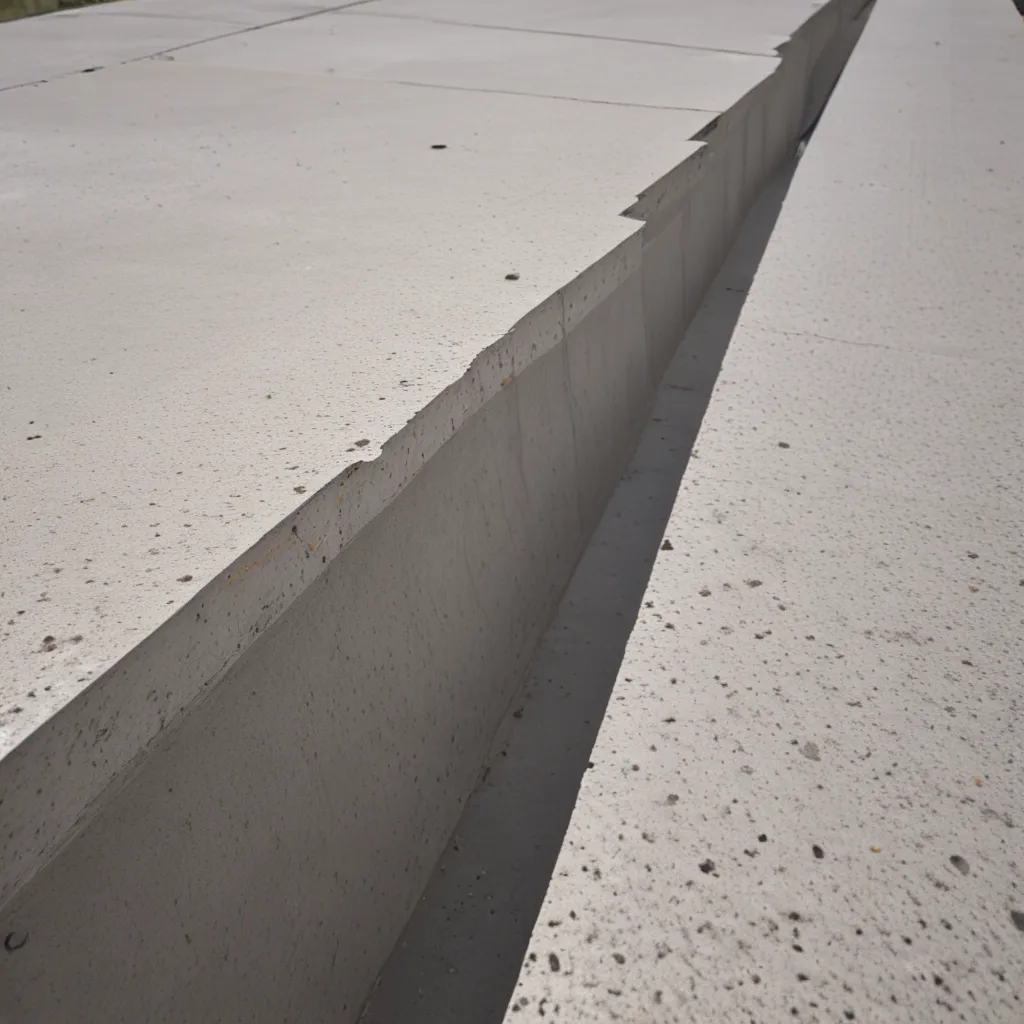
The Concrete Conundrum: Facing the Limitations of Traditional Building Materials
As a construction enthusiast, I’ve always been fascinated by the evolution of building materials. For decades, concrete has reigned supreme as the backbone of our infrastructure, from towering skyscrapers to sturdy bridges. However, as our global landscape continues to shift, the limitations of traditional concrete have become increasingly apparent. The time has come to rethink the way we approach construction, and the solution may lie in the seamless integration of concrete and composite materials.
Concrete, while undoubtedly a resilient and versatile material, is not without its challenges. The energy-intensive process of cement production, coupled with the industry’s significant carbon footprint, has sparked a growing call for more sustainable alternatives. Moreover, the inherent brittleness of concrete can compromise the structural integrity of buildings, leading to costly repairs and, in some cases, safety concerns. As we strive to create structures that are not only durable but also environmentally responsible, the need for innovative solutions has become paramount.
Composites to the Rescue: Unlocking the Potential of Hybrid Materials
Enter the world of composite materials – a technological leap that promises to redefine the construction industry. Composites, by their very nature, combine the strengths of multiple materials, creating a synergistic effect that far exceeds the capabilities of their individual components. In the context of concrete, the integration of composite reinforcements has the potential to address the shortcomings of traditional concrete while enhancing its overall performance.
One of the most promising composite materials in the construction industry is fiber-reinforced polymer (FRP). FRP is a lightweight, corrosion-resistant, and highly durable material that can be seamlessly integrated with concrete, resulting in a hybrid system that boasts exceptional strength and flexibility. By strategically placing FRP reinforcements within concrete structures, engineers can create buildings and infrastructure that are not only stronger but also more resilient to environmental stresses, such as earthquakes and harsh weather conditions.
Innovative Applications: Reshaping the Construction Landscape
The marriage of concrete and composite materials has already begun to transform the construction landscape, with innovative projects popping up around the world. In Japan, for instance, researchers have developed a new type of concrete reinforced with carbon fiber-reinforced polymer (CFRP) that is up to 80% lighter than traditional concrete while maintaining comparable strength. This breakthrough has paved the way for the construction of towering skyscrapers that are not only architecturally stunning but also environmentally responsible.
Across the Pacific, in North America, engineers have embraced the use of glass fiber-reinforced polymer (GFRP) as a reinforcement for concrete bridges. These hybrid structures have demonstrated remarkable resistance to corrosion, a common issue that plagues traditional concrete bridges exposed to harsh weather and road salts. By replacing steel reinforcements with GFRP, these bridges have extended their lifespan, reducing the need for costly and disruptive maintenance.
Overcoming Challenges: Navigating the Path to Widespread Adoption
While the potential of concrete-composite hybrids is undeniable, the road to widespread adoption is not without its challenges. One of the primary hurdles is the need for specialized knowledge and expertise to properly design and implement these innovative systems. Educating construction professionals, from architects to project managers, on the nuances of composite materials and their integration with concrete is crucial to ensuring the successful deployment of these technologies.
Another barrier to the widespread use of concrete-composite hybrids is the often higher initial cost associated with these materials. While the long-term benefits of reduced maintenance and increased durability may outweigh the upfront investment, overcoming the perception of higher costs remains a significant challenge. Collaborative efforts between industry, academia, and policymakers are necessary to develop cost-effective solutions and incentivize the adoption of these sustainable building practices.
Embracing the Future: A Collaborative Vision for Sustainable Construction
As we look to the future, the synergistic partnership between concrete and composite materials holds the promise of a more resilient, efficient, and environmentally friendly construction industry. By embracing this innovative approach, we can not only address the limitations of traditional concrete but also pave the way for a new era of sustainable construction.
To realize this vision, a collaborative effort is required. Construction professionals, material scientists, and policymakers must come together to drive research, foster innovation, and create a supportive regulatory environment that encourages the widespread adoption of concrete-composite hybrid systems. Only through this collective effort can we truly bridge the gap between traditional construction methods and the future of sustainable building.
In the end, the choice is ours – we can either cling to the familiar or embrace the transformative power of concrete-composite hybrids. The path forward may not be without its challenges, but the rewards of a more sustainable, resilient, and innovative construction industry are well worth the journey. So, let us embark on this exciting chapter of construction innovation, where the boundaries of possibility are constantly being pushed, and the future of our built environment is being shaped one hybrid material at a time.